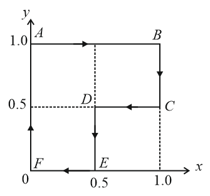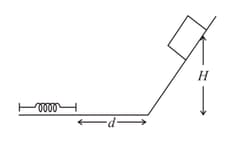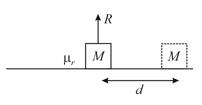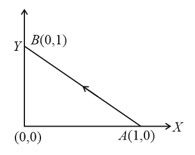MEDIUM
Earn 100
There are two massless springs and of spring constant and , respectively and . and be denoted as work done on and work done on , respectively, then
(a)if they are compressed to same distance, .
(b)if they are compressed by same force (up to equilibrium state) .
(c)if they are compressed by same distance, .
(d)if they are compressed by same force (up to equilibrium state) .
50% studentsanswered this correctly
Important Questions on Work, Energy and Power
HARD

HARD
The values of the coefficient of friction and the distance , are respectively close to:

EASY
EASY
MEDIUM
EASY
EASY
HARD
MEDIUM
A block of mass slides from rest at a height on a frictionless inclined plane as shown in the figure. It travels a distance across a rough horizontal surface with coefficient of kinetic friction and compresses a spring of spring constant by a distance before coming to rest momentarily. Then the spring extends and the block travels back attaining a final height of .

Then
MEDIUM
MEDIUM
MEDIUM
F = ax + bx2 where a and b are constants. The work done in stretching the unstretched rubber-band by L is :
EASY
If reaction is and coefficient of friction what is the work done against friction in moving a body by distance ?

MEDIUM

EASY
MEDIUM
EASY
MEDIUM
MEDIUM
MEDIUM


